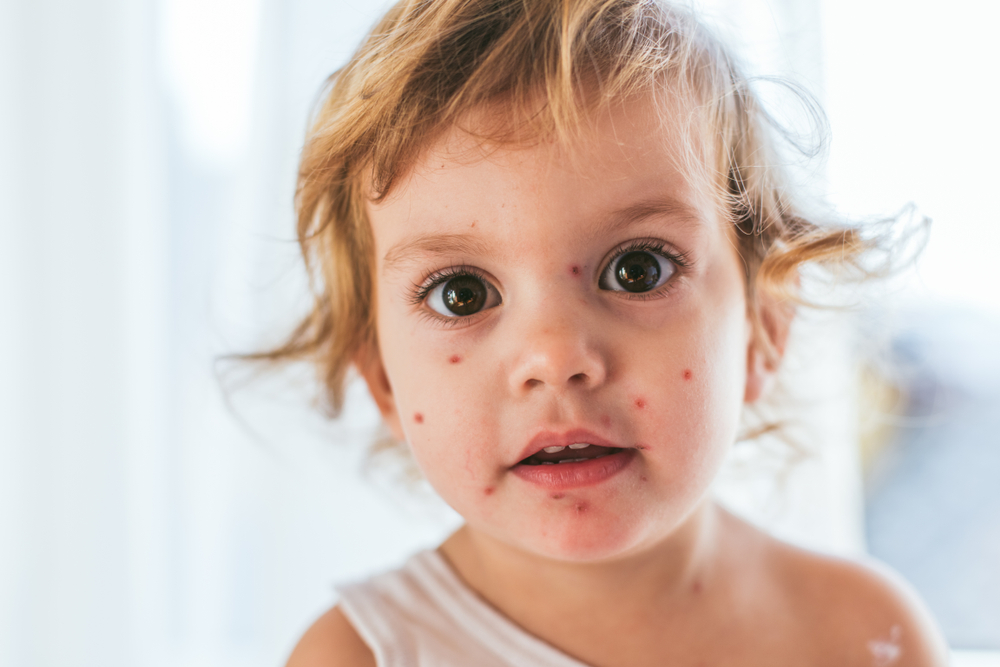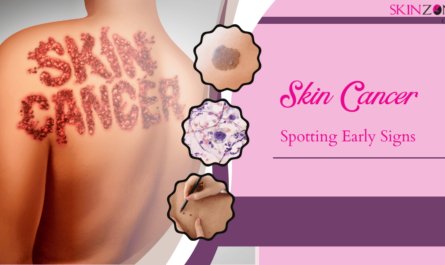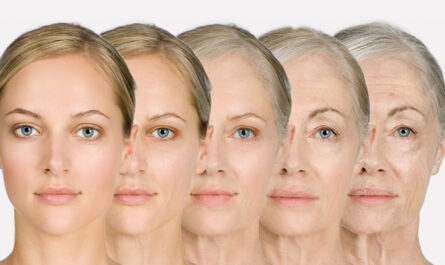As parents ensuring the well-being of children is a top priority. One aspect of health that frequently raises concerns is skin infections. These infections are not only uncomfortable for children but can also be a source of worry for adults. Understanding the common skin infections that affect children, their symptoms, causes, and treatments can help demystify these conditions and enable timely and effective care.
Impetigo
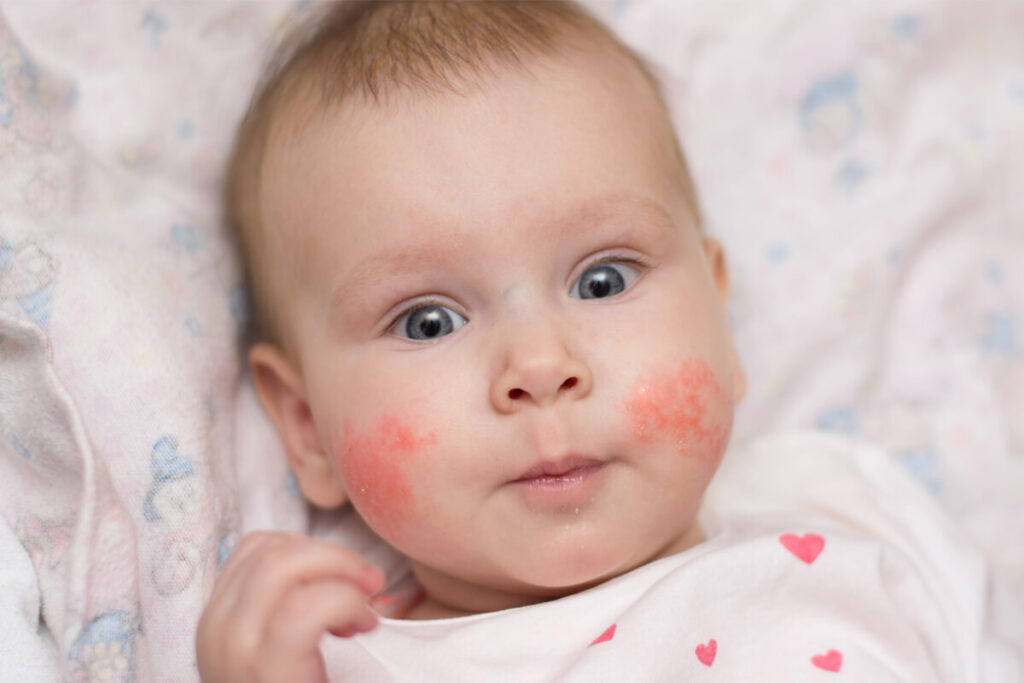
Impetigo is a highly contagious bacterial skin infection. It commonly affects infants and young children.
Symptoms:-
- Red sores that quickly break, leak for a few days, and then form a yellowish-brown crust.
- The sores typically appear around the nose and mouth but can spread to other body areas through touch, clothing, and towels.
Causes:-
- Caused by bacteria, usually Staphylococcus aureus or Streptococcus pyogenes.
- The bacteria can enter the skin through small cuts, insect bites, or other injuries.
Treatment:-
- Antibiotic ointment or cream.
- In more serious cases, oral antibiotics may be prescribed.
Prevention:-
- Regular hand washing.
- Keeping nails trimmed and clean.
- Avoiding sharing personal items such as clothing, towel, and toys.
Ringworm (Tinea)
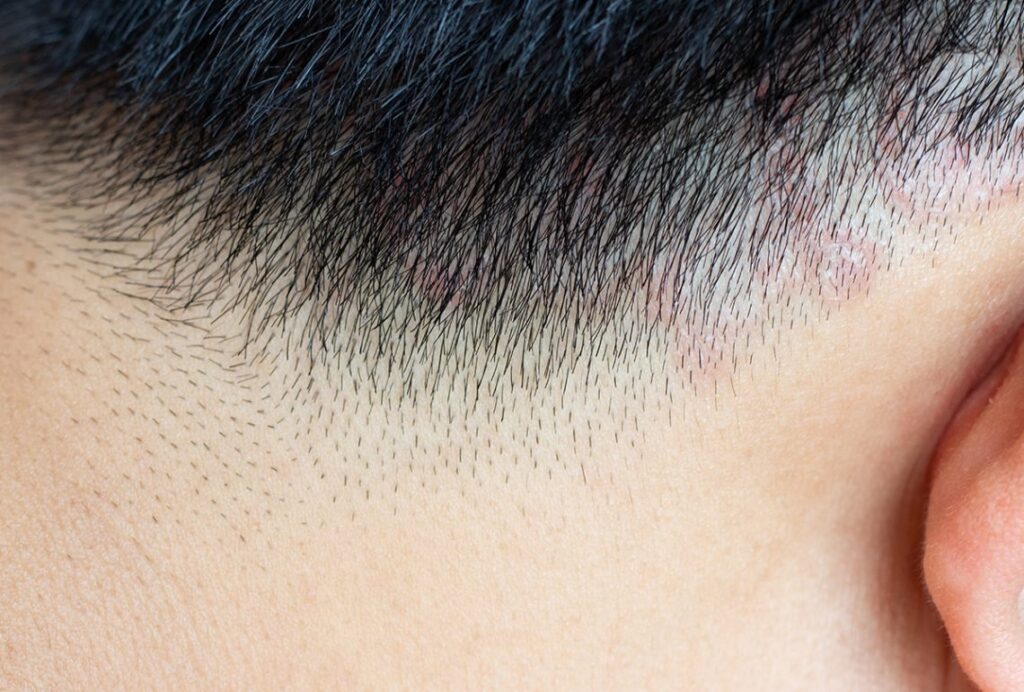
Ringworm is a fungal infection. It can affect various parts of the body, including the scalp, body, feet (athlete’s foot), and groin (jock itch).
Symptoms:-
- Ring-shaped, red, scaly patches with clear centres.
- Itchy and may become blistered or ooze.
Causes:-
- Caused by dermatophytes, a group of fungi.
- Spreads through direct contact with an infected person or animal, or through contact with contaminated things.
Treatment:-
- Antifungal creams, lotions, or powders.
- For scalp ringworm, oral antifungal medication may be necessary.
Prevention:-
- Keep skin clean and dry.
- Avoid sharing personal items.
- Use antifungal powders on shoes and feet if prone to athlete’s foot.
Hand, Foot, and Mouth Disease (HFMD)
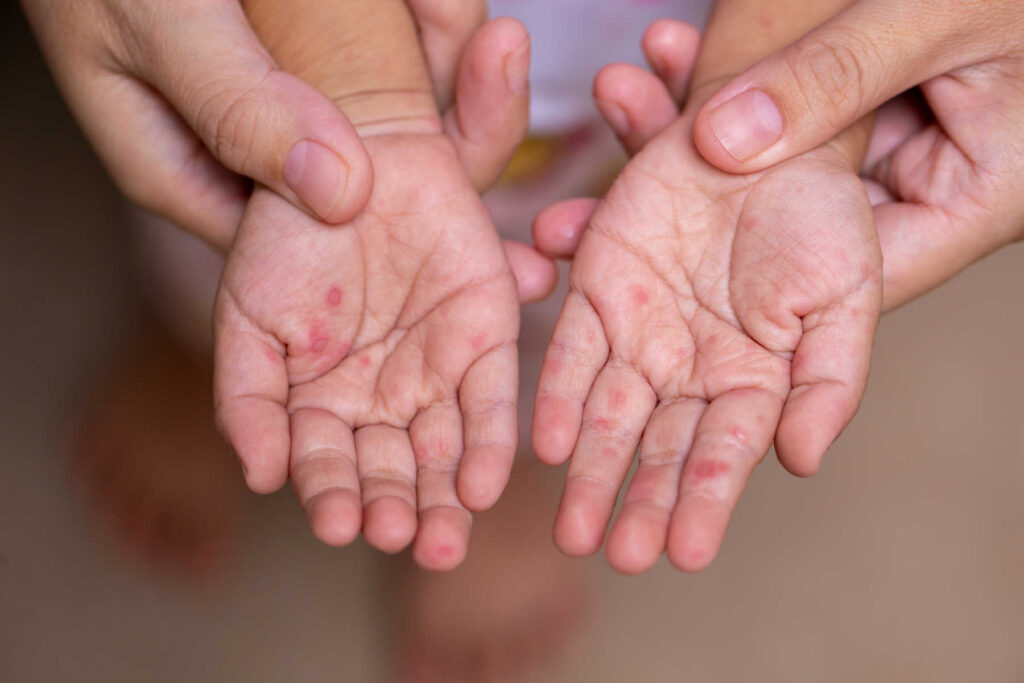
HFMD is a viral infection common in children under the age of 5, though it can be also seen in older children and adults.
Symptoms:-
- Fever, reduced appetite, sore throat.
- Painful sores in the mouth.
- A rash on the hands, feet, and sometimes buttocks.
Causes:-
- Caused by enteroviruses.
- Spreads through direct contact with nasal secretions, saliva, blister fluid, or stool of an infected person.
Treatment:-
- Symptomatic treatment (e.g., pain relief, fever reducers).
- Ensuring the child stays hydrated.
Prevention:-
- Good hygiene practices, including frequent hand washing.
- Disinfecting contaminated surfaces.
- Avoiding close contact with infected individuals.
Molluscum Contagiosum
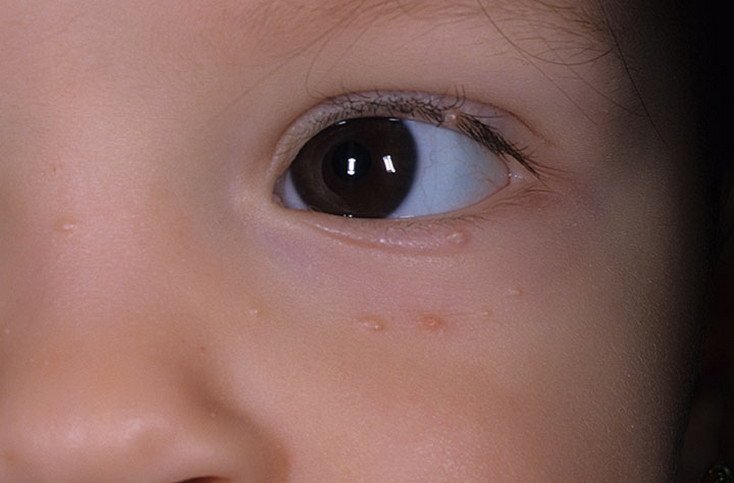
Molluscum contagiosum is a contagious viral infection that occur as raised, pearl-like nodules or papules on the skin.
Symptoms:-
- Small, painless bumps that may become red and inflamed.
- Bumps may appear anywhere on the body, alone or in clusters.
Causes:-
- Caused by the molluscum contagiosum virus.
- Spreads through direct contact with an infected person or contaminated objects.
Treatment:-
- Often resolves on its own within 6 to 12 months.
- Treatment options include cryotherapy (freezing), curettage (scraping), or topical therapies.
Prevention:-
- Avoid sharing personal items.
- Encouraging children not to scratch or pick at the bumps.
Eczema (Atopic Dermatitis)
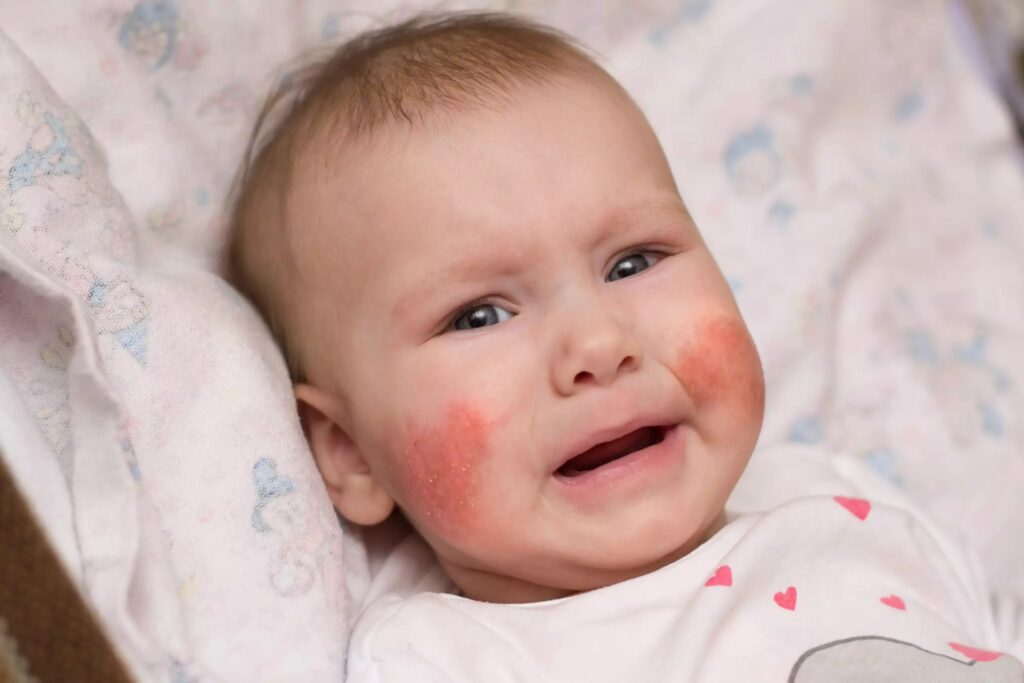
Eczema is a chronic skin condition that causes the skin to become inflamed, itchy, and red. It is not an infection itself but can become infected due to scratching.
Symptoms:-
- Dry, sensitive skin.
- Intense itching.
- Red, inflamed patches that may weep or bleed.
Causes:-
- A combination of genetic and environmental factors.
- Triggers can include allergens, irritants, and stress.
Treatment:-
- Moisturizers to keep the skin hydrated.
- Topical corticosteroids to reduce inflammation.
- Avoiding known triggers.
Prevention:-
- Regular moisturizing.
- Avoiding harsh soaps and detergents.
- Using gentle, unscented skin care products.
Conclusion
Understanding common skin infections in children is crucial for early detection and effective management. While these infections can be concerning, most are treatable and preventable with proper hygiene practices and prompt medical care. If you notice any unusual changes in your child’s skin, consulting a healthcare professional is always the best course of action. Empowered with knowledge, we can ensure our children enjoy healthier, happier lives.

